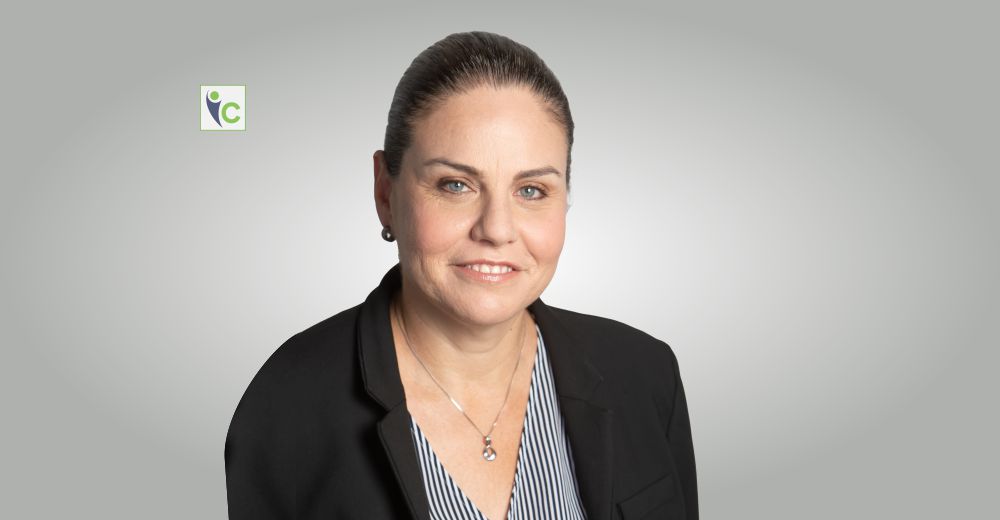The unprecedented COVID-19 pandemic has put the whole healthcare sector through a tough test. It has become clear that to handle such demanding circumstances, efficient and sturdy infrastructure is as important as those who deliver healthcare services during these times.
A dynamic and durable healthcare infrastructure can help the working staff deliver their services more efficiently and with reduced levels of stress. By now, the world has realized that the COVID-19 pandemic will not be the last one to surface, and to counter such a situation, a multi-dimensional healthcare, flexible facility is what is most needed.
DIGroup Architecture is one company, that designs facilities that deliver most healthcare needs. Located in New Brunswick, New Jersey and Philadelphia PA. the company’s healthcare design studio is led by Principal, Bob Ryan.
In the following interview, Bob tells us the story behind the origin of DIGroup and how it has been creatively designing for change for their healthcare clients.
Please brief our audience about your company, its mission, and the key aspects of its stronghold within the healthcare architecture niche.
DIGroup is a Minority Business Enterprise and Small Business Enterprise. We were formed in 2006 as a merger of four separate architectural firms specializing in the planning, programming, and design of both public and private spaces throughout New Jersey, New York, and Pennsylvania. Since our formation, we have designed and delivered over $1 billion in project value for our clients.
Tell us more about your services and solutions which make your company stand out from the competition?
As a proponent of high-performance design, we understand the unique challenges faced by today’s healthcare leaders, as they are continually tasked with evolving to address changing norms, new technology, and the demand to provide quality care using fewer resources. The monumental impact that the current pandemic has had on the delivery of care and business operations has forced healthcare systems to change nearly all aspects of their model for operating.
Each project must be considered for not only today’s needs. As a trusted advisor, this perspective spans both planning for new construction, as well as the reinvestment process within existing facilities. Our goal is to help our clients make astute and strategic decisions about their facilities. That is the foundation of our business and our passion. We approach every project, large or small, with the same passion and commitment to ‘do whatever it takes’ to help assure the success of our valued clients’ projects.
What is your opinion on the impact of the current pandemic on the global healthcare architecture market, and what challenges did your company face during the initial phase of the pandemic?
This global pandemic continues to challenge the healthcare industry’s providers and designers, to re-think the way we design and operate healthcare spaces. Clearly, we are all
focused now more than ever on design aspects such as air filtration and antimicrobial finishes, but the challenge goes much further than that.
We need to be able to provide our clients with spaces that can ‘flex’ as needed to address the ever-changing demands from varying census to need for changeable negative pressure spaces, to telehealth, to reducing the density of staff within their daily environments.
One thing is certain, this current pandemic will not be the last time that the healthcare industry will be challenged with treating an unknown pathogen. We, as trusted advisors, must help our clients prepare to react to the next threat quickly and without forcing them into the same staff overload and economic strain that they are facing with COVID-19.
With continuous development in technologies such as AI and big data, what is your prediction about the future of healthcare architecture?
As technologies such as Artificial Intelligence, Robotics, and Big Data continue to develop at an accelerated rate, technology will continue to influence the operations of healthcare facilities. As facility architects, we need to challenge ourselves to develop new benchmarks for measuring the success of our design solutions. As technology alters the traditional care delivery models and allows greater patient throughput, the effect of which will reduce space needs, our designs should allow our clients to realize cost savings and adaptively reuse the resulting extra space without compromising positive outcomes.
As an established leader, what would be your advice to the budding entrepreneurs and enthusiasts aspiring to venture into the market?
For those considering entering the healthcare design market, be cautious. The healthcare design is not a market in which you can simply ‘dabble’ as a perceived means to increase revenue. The challenges of healthcare design are unique in that they demand a complete understanding of the specialized relationship of spaces, the efficient flow of both staff and patient, a high level of technical coordination, as well as the unique concerns and needs of the clinicians.
It requires a true passion, and it needs to excite you, knowing that you are making an impact on people’s health. Nowhere more than in healthcare environments can it be said with more certainty that good design truly does affect people’s lives.
How do you envision scaling your company’s operations and offerings in 2021?
Since its inception in 2006, DIGroup has maintained a core principle to value the potential of every staff member and to assist in their career development. Accordingly, we have never added staff to fill a temporary need or project load, but rather to run our studios ‘lean’ during those times and maintain a sustainable growth pattern and realize and reward the value of dedicated team members.
We will continue to respond to our client’s needs regarding the services that we offer without compromising on our core strengths, and although our current strategic plan does not specifically call for us to add a specific service to our portfolio, we will continue to flex and grow with our clients and be their trusted advisors.
About Bob Ryan
Being able to seamlessly cross public and private sectors of the industry makes Bob able to more than fill his role as a Principal of DIGroup Architecture. Skilled in all aspects of healthcare design, he can constructively manage and lead his support team through all phases of a project to an inspiring accomplishment of the established design objectives.
Bob has enjoyed more than 35 years of experience in the field of healthcare and life science design. He has been involved in countless intricate and custom projects; he has designed new buildings, the expansion, renovation, and alteration of hundreds of projects in the Tri-State Area.
These projects run the gamut of medical modalities, including acute care, ambulatory care, diagnostic imaging platforms, research facilities, laboratories, emergency departments, and surgical suites.
His in-depth ability to understand his client’s methodologies and objectives, along with his personal communication and organizational skills, are key to the development of our continuous long-standing relationships with clients









